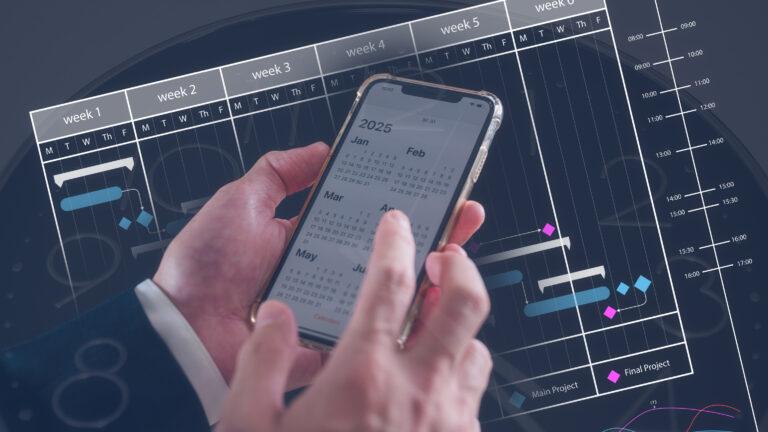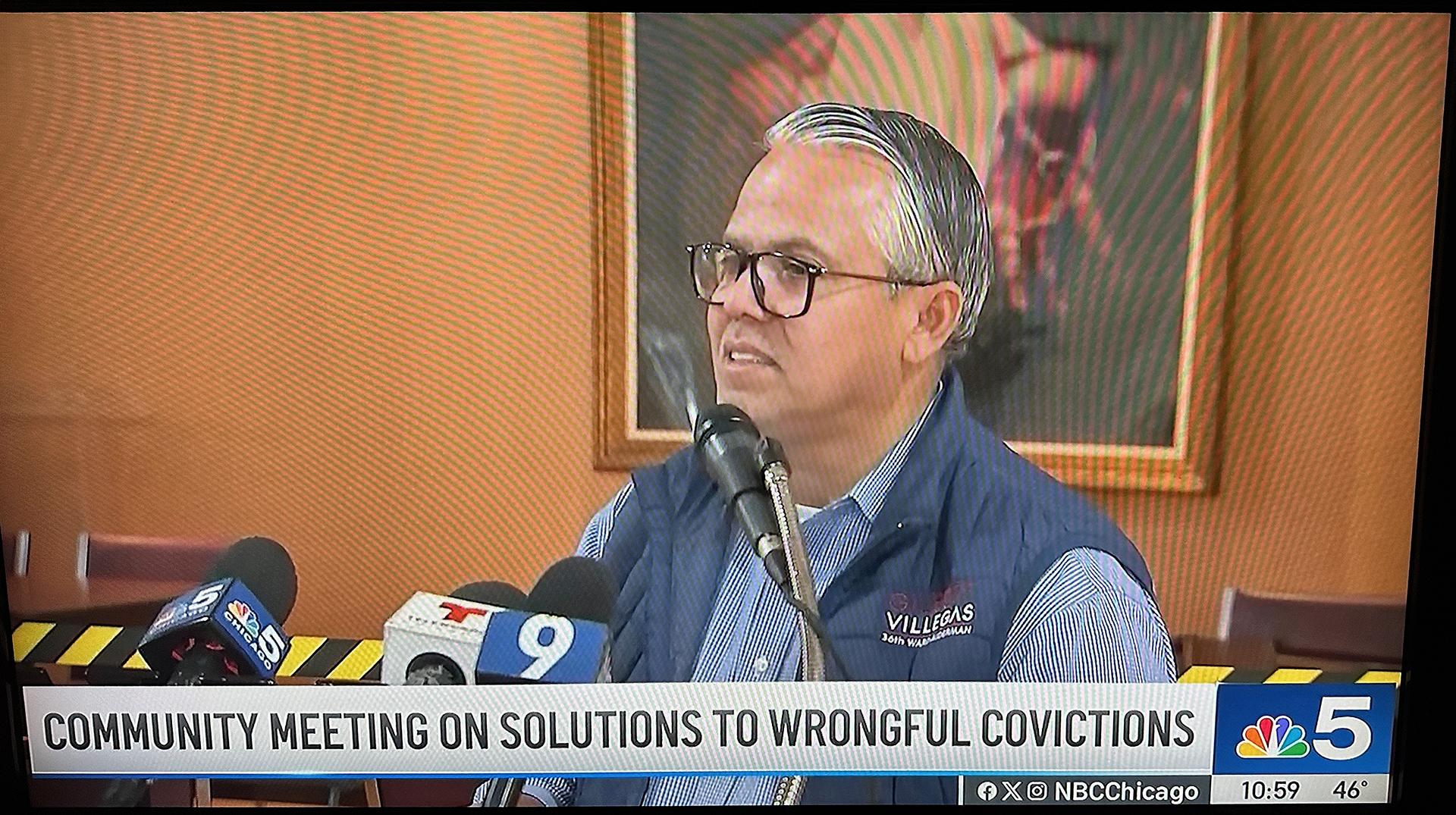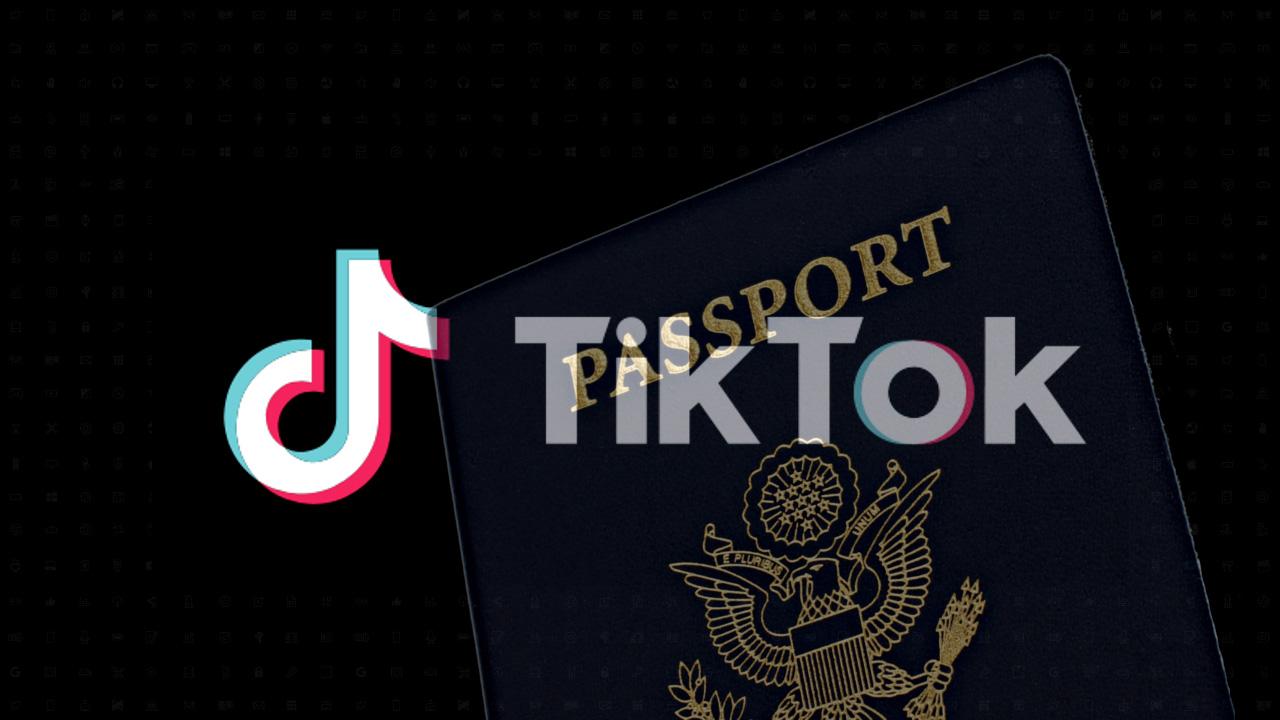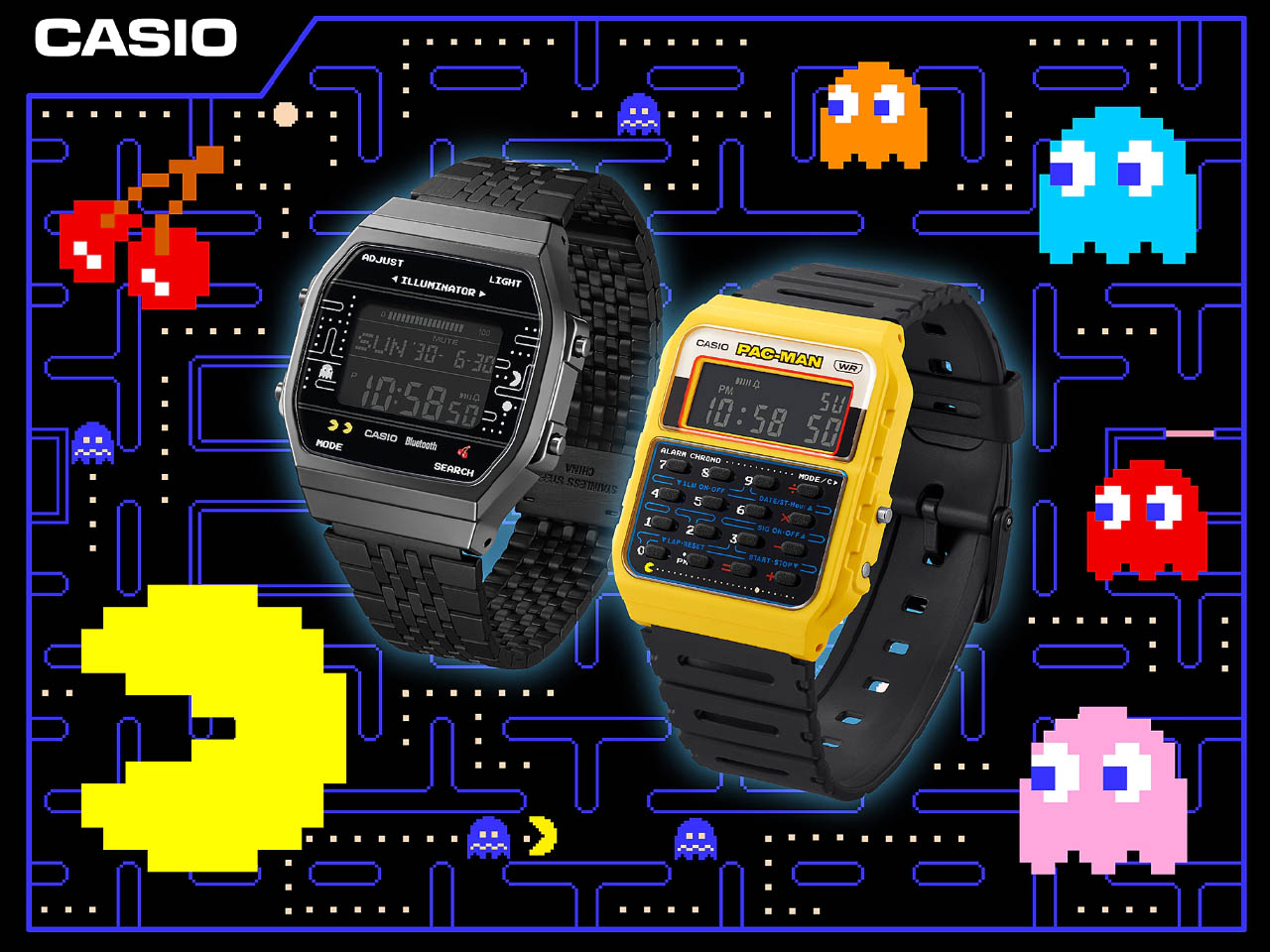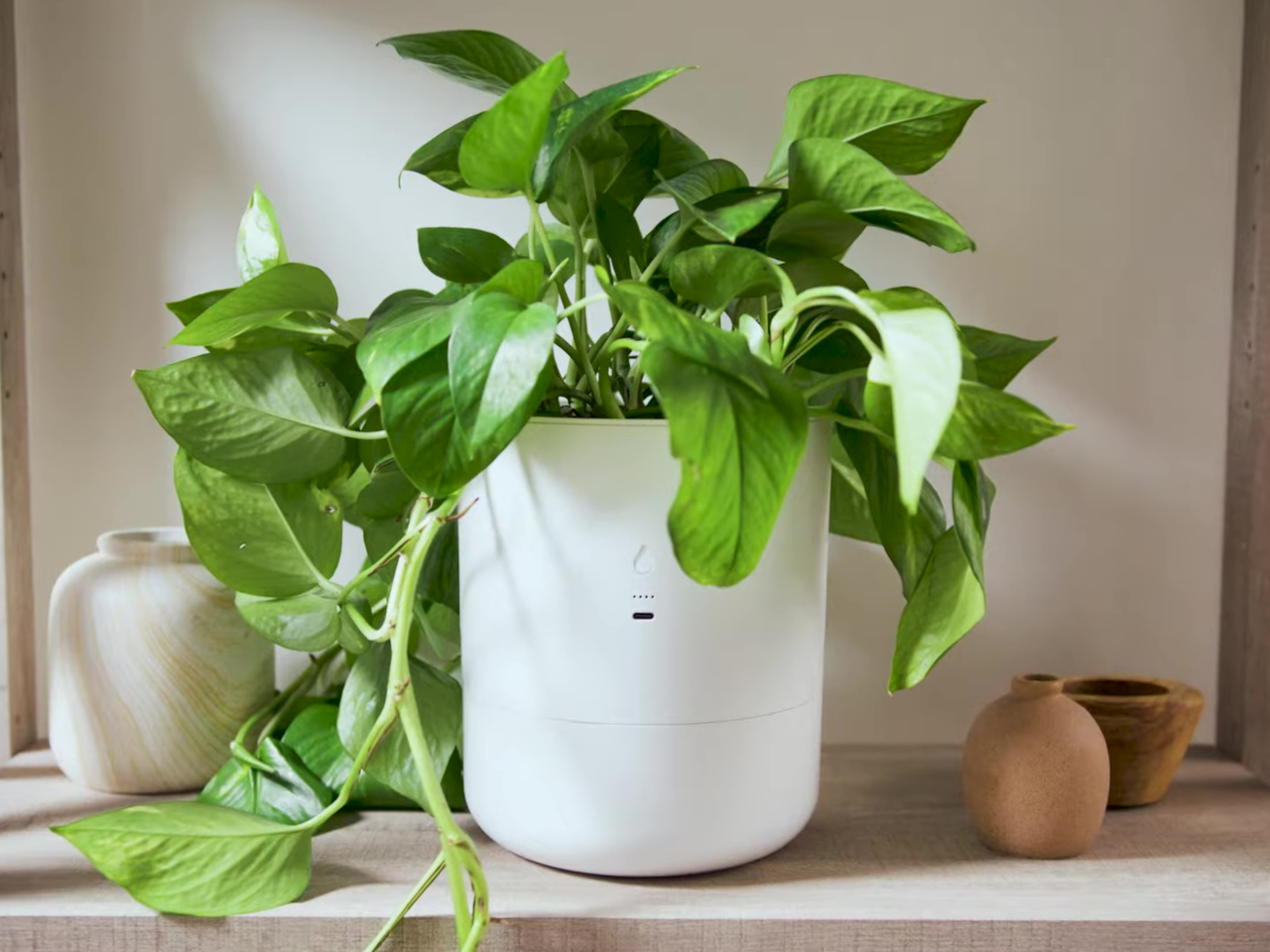6 educator predictions about teaching and learning in 2025
With 2025 barely in its infancy, educators are looking to new technologies and strategies to meet the needs of students. AI, digital learning tools, and personalized supports have become central to the classroom.


With 2025 barely in its infancy, educators are looking to new technologies and strategies to meet the needs of students. AI, digital learning tools, and personalized supports have become central to the classroom.
At the same time, schools are placing a stronger emphasis on mental health, equity, and future-ready skills, ensuring students are not only academically successful but also are prepared for the challenges of today’s every-changing world.
We asked educators to share their views about teaching and learning in 2025 (find industry predictions for 2025 here). Here’s what they had to say:
In 2025 and beyond, providing high-quality professional learning will be essential in retaining teachers, as well as helping to ensure they feel fulfilled in their work. As part of the professional development offerings at Adams 12 Five Star Schools, we are implementing video coaching via the Edthena VC3 platform to add another layer of job-embedded support for our teachers, specifically for new teachers and special service providers. There is truly nothing more powerful–or that grows your practice more—than watching yourself on video, and the use of this technology will help our teachers engage in more meaningful self-reflection while receiving targeted feedback from coaches and coordinators.
–Rebecca Bergstrom, Induction Coordinator, Adams 12 Five Star Schools
In 2025 we will continue to see a shift toward learning opportunities that allow students to make real change in their communities. For example, one of our PBLWorks’ project-based learning experiences involves having students answer the driving question “How do we inspire people to move to this region?” Students in our Student Technology Leadership Program have conducted surveys and will use this data to conduct further research about what our community has to offer, working alongside the Tourism Commission and community partners. They will then create digital materials to promote the region. Students are engaged and invested in a project that has local benefits! In a time when we are expecting students to graduate with authentic learning experiences and real-world skills in addition to academic knowledge, vibrant learning projects like this will become much more popular and widespread.
–James Hood, Principal, Rodburn Elementary School, Rowan County Schools
The Next Generation Science Standards (NGSS) are transforming the educational landscape, ushering in a more integrated and dynamic approach to teaching and learning. By embracing interdisciplinary learning, NGSS weaves math, language arts, and social science concepts into the science classroom, creating a richer, more connected educational experience for students. In addition, NGSS ensures that students have opportunities to formulate disciplinary core understandings by engaging in the science and engineering practices, through the lens of the crosscutting concepts. This shift marks a departure from the traditional model of rote memorization and a movement toward inquiry-based learning, where students are encouraged to learn through hands-on experimentation, problem-solving, and critical thinking in the context of real-world scenarios, rather than passively absorbing information. A key aspect of this transformation will be an increased use of digital tools and platforms such as Kognity in the science classroom. Virtual labs, simulations, and data analysis tools will become commonplace, enhancing the experiential learning process while addressing the core essence of the three-dimensional structure of the NGSS. These technologies offer exciting possibilities, from personalized content to tailored assessments that adapt to each student’s pace and learning style. As the NGSS continues to gain traction, we can expect a shift in how student learning is assessed. Traditional tests focused on factual recall may instead give way to assessments that better align with NGSS’s emphasis on critical thinking, problem-solving, and the application of knowledge in real-world contexts. Ultimately, the NGSS will not only elevate science education but also foster a more holistic, engaging, and dynamic approach to teaching and learning across disciplines.
—Nancy Nasr, Science Educator & Assistant Principal, Santa Paula Unified School District
The need to support adolescent learners, especially those who may still be struggling with reading fluency, is imperative. With many secondary-level teachers simply not trained in strategies to help students with phonics and fluency, the use of technology can go a long way in building these foundational reading skills, as well as students’ overall confidence. At my middle school, for example, we use WordFlight to support Tier 2 and Tier 3 students who are not yet proficient readers based on a beginning-of-year screening. This online program has given us the system, support, and resources to make a measurable difference in our students’ reading growth.
–Jennifer Savery, Middle & High School English and Spanish Teacher & Multi-Tiered System of Supports (MTSS) Program Supervisor, Humboldt Middle School
Every school is using AI tools in some capacity, yet only a few districts have developed a structured approach to implementation. By 2025, we’ll see districts moving toward comprehensive enterprise AI plans that benefit all areas of the system.To make this shift, districts must evaluate AI tools that can enhance not only classroom learning but also operations like data management, administrative workflows, and communication. Collaboration among leaders and teams across departments–academics, IT, HR, finance, and beyond–is essential to ensure these plans are practical and support thoughtful, responsible AI use throughout the entire district.
—Tony Spence, Superintendent, Waterford Graded School District
With the paradigm shift towards teaching science phenomena and skills, science educators are being asked to reimagine how we define and structure our pedagogy. Innovative teachers are moving away from “recipe” labs and simply delivering content to now increasingly incorporating digital sensors to help students solve real-world problems. For example, to teach Newton’s Laws and Conservation of Momentum, I inserted an acceleration sensor into a baby doll sitting in a car seat to help my students determine the best method for safe car seat installation. Creating a tangible context in which students can learn and apply abstract concepts can help us raise the next generation of STEM professionals.
–Nick Watkins, Science Teacher, Franklin Pierce School District & Vernier Trendsetters Community Member
Related:
25 AI predictions for 2025
20 predictions for student success and learning




















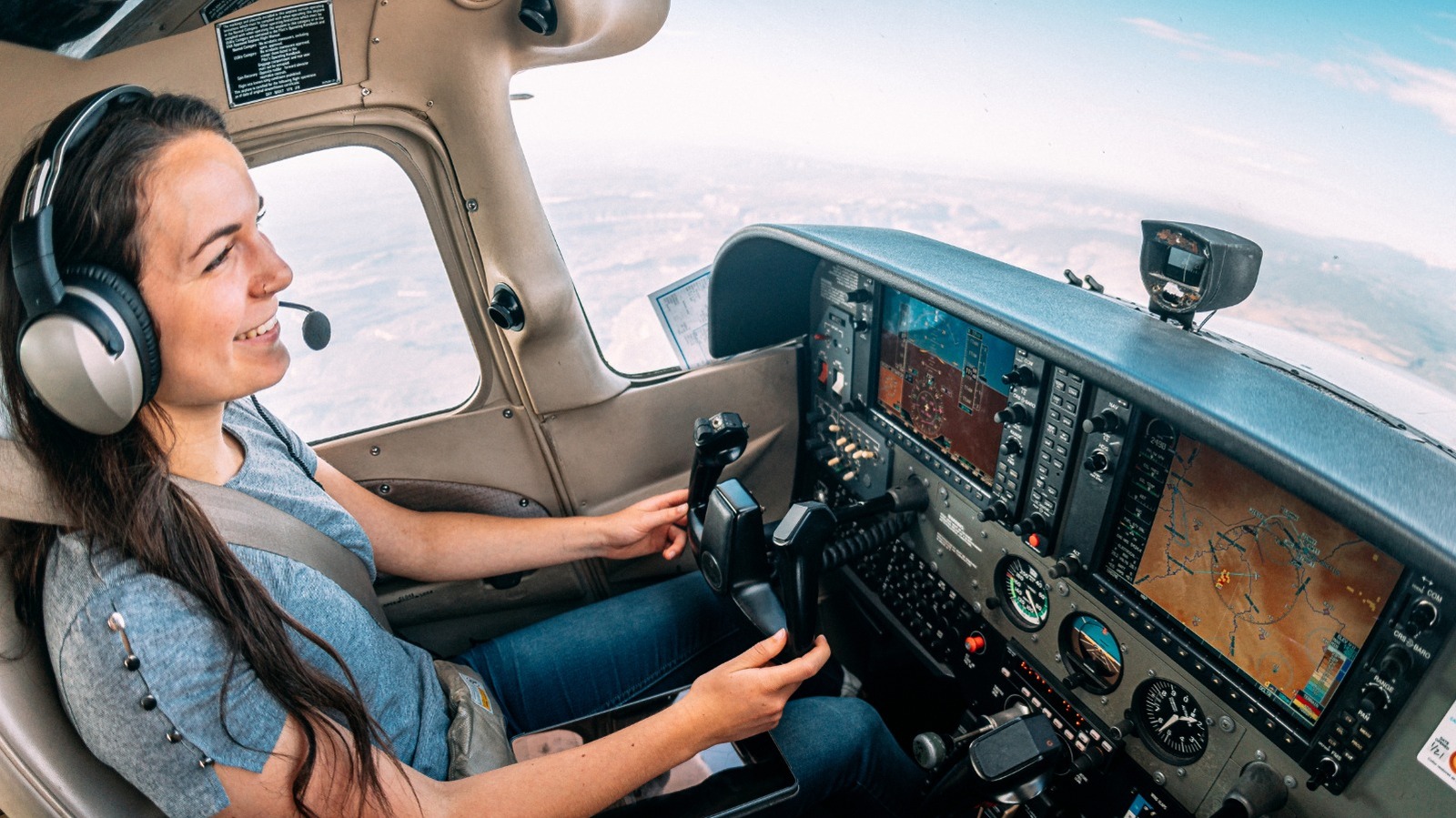

/cdn.vox-cdn.com/uploads/chorus_asset/file/25829976/STK051_TIKTOKBAN_B_CVirginia_B.jpg)







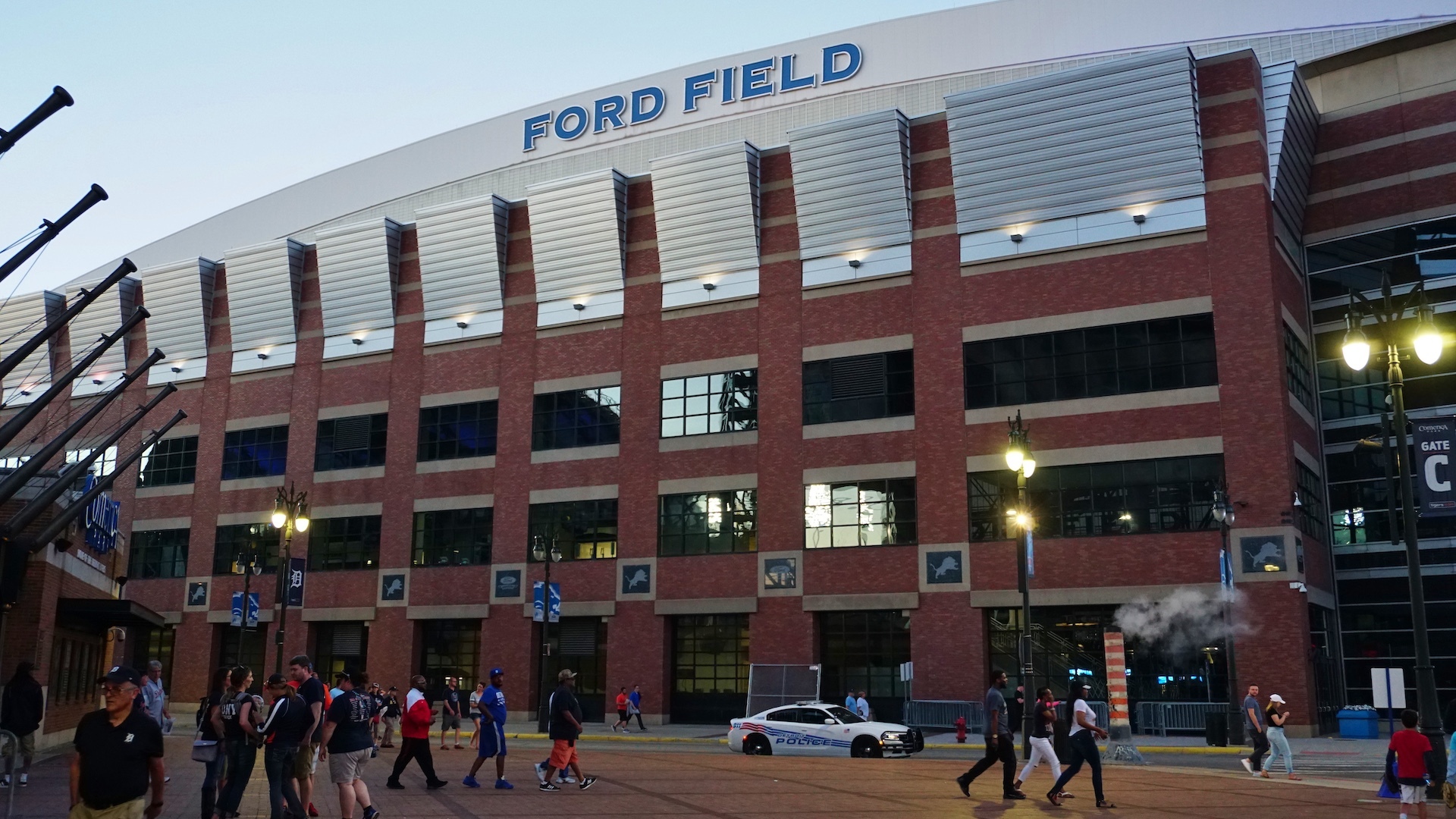





/cdn.vox-cdn.com/uploads/chorus_asset/file/24435316/STK150_Bing_AI_Chatbot_02.jpg)








